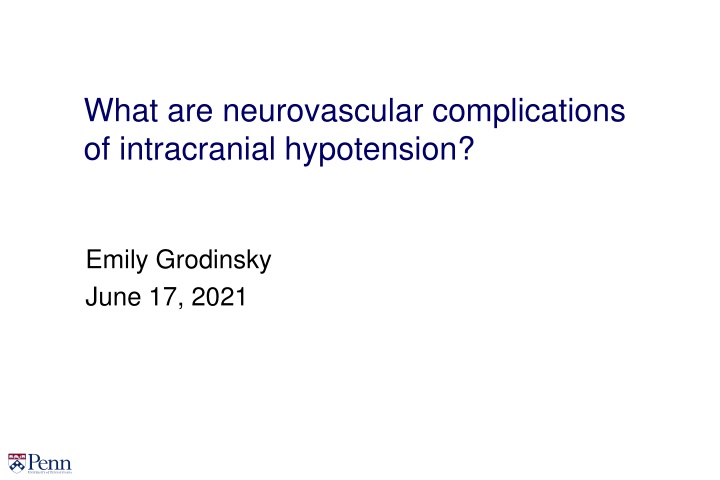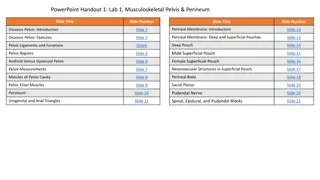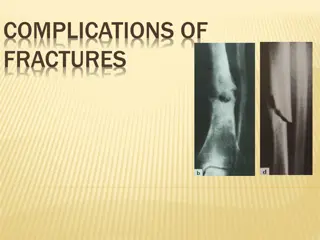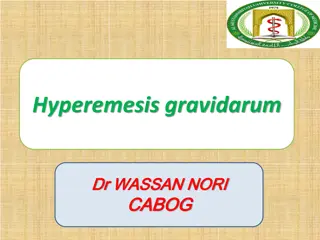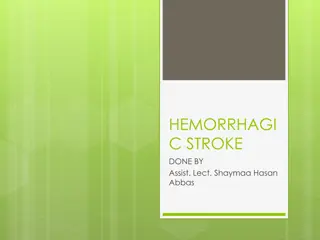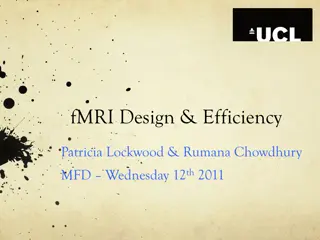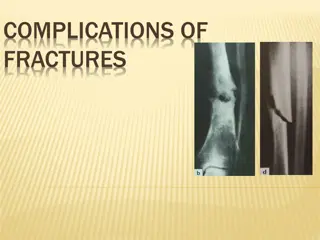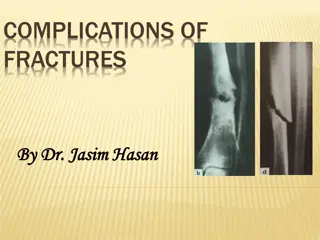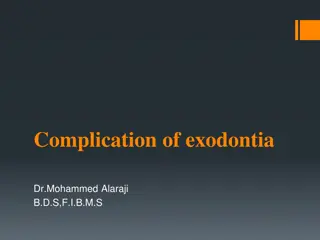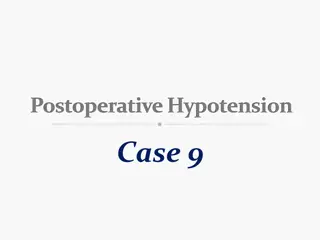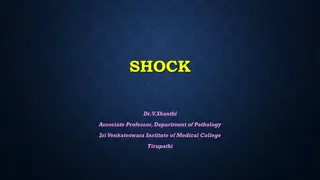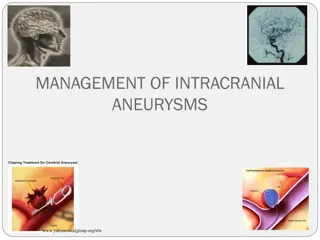Neurovascular Complications of Intracranial Hypotension
Neurovascular complications of intracranial hypotension include subdural hematoma, CVST/SAH, and stroke. Awareness of these complications is crucial in the management of patients with spontaneous intracranial hypotension to prevent adverse outcomes. Studies have reported cases of CVST and strokes in association with intracranial hypotension, highlighting the need for vigilance in recognizing and addressing these complications promptly.
Download Presentation

Please find below an Image/Link to download the presentation.
The content on the website is provided AS IS for your information and personal use only. It may not be sold, licensed, or shared on other websites without obtaining consent from the author.If you encounter any issues during the download, it is possible that the publisher has removed the file from their server.
You are allowed to download the files provided on this website for personal or commercial use, subject to the condition that they are used lawfully. All files are the property of their respective owners.
The content on the website is provided AS IS for your information and personal use only. It may not be sold, licensed, or shared on other websites without obtaining consent from the author.
E N D
Presentation Transcript
What are neurovascular complications of intracranial hypotension? Emily Grodinsky June 17, 2021
General complications/symptoms Positional headache (resolves lying down) Parkinsonism Coma Neck pain Hearing issues Diplopia On imaging: Brain sagging Pachymeningeal enhancement Pituitary hyperemia
Neurovascular complications Subdural hematoma CVST/SAH (seem to be very rare case reports) Stroke
CVST 7-year study (2008) with 141 patients with spontaneous intracranial hypotension from CSF leak; 3 patients also had CVST None of the patients had risks for CVST All had intracranial hypotension symptoms and then diagnosed with CVST (2 had findings of CVST on imaging at the time of intracranial hypotension sx, 1 after 2 weeks) Case series of 3 patients with CVST and intracranial hypotension (2017)
Stroke Case series (2013) with 2 patients with spontaneous intracranial hypoTN and multiple arterial strokes 1 had bilateral SDH, brain sag, had lower cervical leak on CT myelogram then had a coma -> bilateral evacuations - > then immediate postop CT w/ b/l PCA strokes 1 had bilateral SDH and effacement of basilar cisterns -> bilateral evacuations -> lethargy -> MRI with new pontine/midbrain strokes Both in context of SDH/mass effect and evacuation for such
